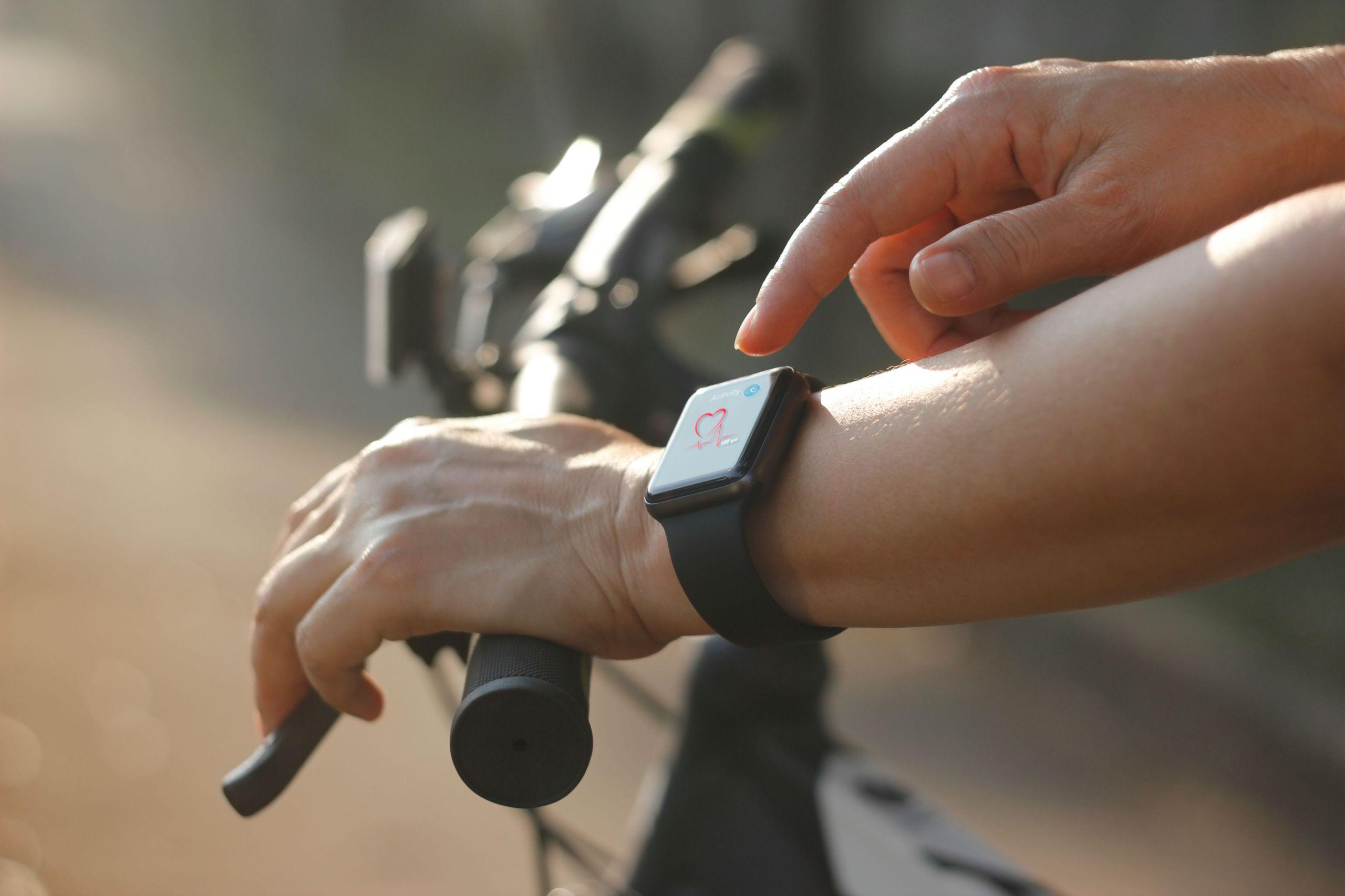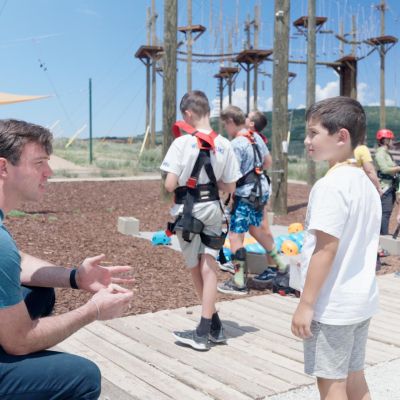The market for sports wearables—smartwatches, fitness trackers, and other devices—has exploded in recent years, and growth is expected to continue. In fact, one estimate predicts that global sales of all sports-related wearable technology will grow to $212.7 billion by 2029.
While the market itself is booming, adaptation of these devices for people with disabilities has unfortunately lagged. But the good news is that wearable devices are increasingly being modified or redesigned altogether for use by people with physical differences. Using apps and AI, wearables can be customized to fit specific needs, helping you monitor important health metrics or access helpful information about your environment.
Regardless of whether your goal is to compete against others or just get moving and improve your own fitness, wearable tech can help.
Note: The National Ability Center does not endorse any of these products; this article aims to increase awareness around some of the wearable sports device options out there today.
Smartwatches
Apple has long been a leader in their work to make fitness accessible to everyone. For example, the Apple Watch has an Assistive Touch feature that allows you to control your watch with gestures like clenching your fist, which is especially useful when you’re engaged in an activity. The watch also has a feature called Wheelchair Mode, which measures pushing movement from your wrist.
Apple users have access to a wide variety of apps, and more are being developed every day. For example, their wheelchair-specific workout app gives you options for walk and run pacing; it can even be programmed to measure calories burned based on wheel size, slope, and terrain.
Safety is also important. Apple watches have something called Fall Detection, which can sense when you’ve tumbled; it can even be programmed to automatically contact emergency services.
Activity Trackers
Devices like Fitbit can help users track steps, monitor sleep, and even measure heart rate. Over time, Fitbit has worked to upgrade its interface, improving disability access, and we’re hopeful they’ll continue to add adaptive capabilities.
For example, walking 10,000 steps is not realistic for everyone. If you’re mobility impaired, you can change your Fitbit so that the device doesn’t annoy you about unrealistic goals. While Fitbit tracks wheelchair movements as steps, you can modify the app to translate basic fitness statistics like distance traveled, or calories burned from the arm movements required to propel your wheelchair. Fitbit even has an app that translates your step count and activity times to Braille, using vibrations to let you know how you’re doing. Or you can use the Amazon Alexa voice assistant to read your stats out loud.
Other Devices
There are many other wearable devices available, and more are being developed every day. For example, smart rings like the Oura use accelerometer and gyroscope sensors to measure activity and biometric data; the information is communicated wirelessly to your smartphone.
Sunu band is a wearable that visually impaired athletes can use to track fitness and provide guiding assistance. Sunu uses sonar and echolocation technology to help you navigate.
OrCam MyEye is a device that attaches to eyeglasses. It has a built-in camera with voice commands that helps blind and visually impaired people navigate and avoid obstacles, which is especially helpful for hikers and walkers. You can even use it for guided yoga.
A company named Optic has developed a wearable device for visually impaired swimmers. It helps you stay in the middle of your swim lane and gives you a heads-up when you approach the pool wall so that you can safely turn.
Keep Moving
We want people of all abilities to stay active, and wearable technology can help you stay safe and motivated to improve. Look for devices to add tools and apps that will enable safe, effective participation in sports, as well as the ability to measure improvement and reduce injury.
We’re optimistic about the future, so whatever you do, keep moving!






